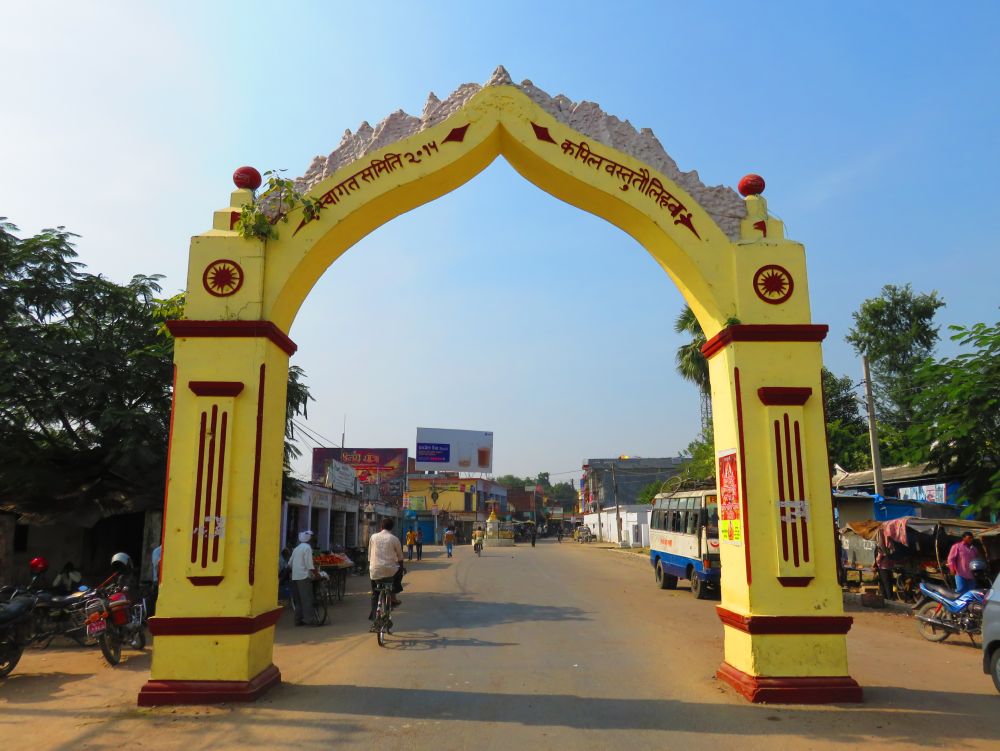

Kapilvastu and Lumbini, situated in the Terai plains of Nepal, are two of the most significant historical sites for Buddhists worldwide. Lumbini is renowned as the birthplace of Siddhartha Gautama, the Lord Buddha, born in 623 BC. The importance of Lumbini was highlighted when it was declared a UNESCO World Heritage Site in 1997. Kapilvastu, on the other hand, is where Prince Siddhartha spent 29 years of his early life. These ancient cities hold a special place in the history of Buddhism and have been drawing pilgrims and history enthusiasts for centuries.
The history of tourism in Kapilvastu and Lumbini is closely tied to the global spread of Buddhism. The development of these sites as a tourist destination began in earnest with the discovery of the Ashoka pillar by archaeologist General Khadga Samsher Rana and the German archaeologist Dr. Alois Anton Führer in 1896. The pillar, erected by Emperor Ashoka in around 245 BCE, helped confirm the exact location of Lumbini and sparked interest worldwide.
Since then, various archaeological excavations and conservation efforts have been carried out, slowly transforming these locations into international pilgrimage centers. The development of tourist facilities began with basic guesthouses and has since burgeoned into an industry with multiple accommodations options, ranging from budget to luxury, and developed touristic infrastructure.
In recent years, tourism in Kapilvastu and Lumbini has adopted a more sustainable and experience-oriented approach. The following are some of the latest trends:
Kapilvastu and Lumbini's significance as two of the most important Buddhist pilgrimage sites cannot be overstated. These sacred locations represent an enduring heritage that continues to inspire peace and mindfulness in the hearts of visitors. Through careful preservation and sustainable tourism practices, they promise to be a beacon of spiritual heritage for generations to come.